
BY DR. RAVINDER PALL SAINI
INDIAN FOREST SERVICE (RETIRED)
MEMBER, BOARD OF MANAGEMENT, FOREST RESEARCH UNIVERSITY, DEHRADUN .
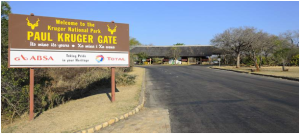
DEHRADUN, 27 MAY 2023:
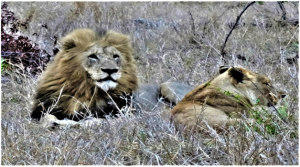
Coordinates: 24°0′41″S 31°29′7″E / 24.01139°S 31.48528°E
Established: 31 May 1926. Kruger National Park is one of the largest game reserves in Africa.
Here nearly 2 million hectares of matchless diversity of life forms blends with historical and archaeological sites – this is real Africa. The world-renowned Kruger National Park offers a wildlife experience that ranks with the best in Africa.
Plan your trip – do not try and cover too great a distance. The Kruger National Park is a massive tract of land and frequently visitors try to cover too much ground. Slow travel and regular stopping produce much more action than covering a lot of ground.

Configuration:
Kruger covers an area of 19,485 square kilometers in the provinces of Limpopo and Mpumalanga in North – Eastern South Africa and extends 360 kilometers from North to South and 65 kilometers from East to West. The administrative headquarters are in Skukuza. Areas of the park were first protected by the government of the South African Republic in 1898, and it became South Africa’s first National Park in 1926. To the west and south of the Kruger National Park are the two South African provinces of Limpopo and Mpumalanga. In the north is Zimbabwe, and to the east is Mozambique. It is now part of the Great Limpopo Trans frontier Park, a peace park that links Kruger National Park with the Gonarezhou National Park in Zimbabwe, and with the Limpopo National Park in Mozambique.
The park is part of the Kruger to Canyons Biosphere an area designated by the United Nations Educational, Scientific and Cultural Organization (UNESCO) as an International Man and Biosphere Reserve (the ‘Biosphere’). The park has nine main gates allowing entrance to the different camps.
NOTABLE FACTS AND FEATURES:
The surface area of Kruger National Park is 7,580 miles² (19,633 km²). The park was first proclaimed in 1898 as the Sabie Game Reserve by the then president of the Transvaal Republic, Paul Kruger. He first proposed the need to protect the animals of the Lowveld in 1884, but his revolutionary vision took another 12 years to be realized when the area between the Sabie and Crocodile Rivers was set aside for restricted hunting. James Stevenson-Hamilton (born in 1867) was appointed the park’s first warden on 1 July 1902.On 31 May 1926 the National Parks Act was proclaimed and with it the merging of the Sabie and Shingwedzi Game Reserves into the Kruger National Park.
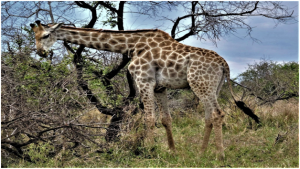
i) The first motorists entered the park in 1927 for a fee of one pound.
ii) Many accounts of the park’s early days can be found in the Stevenson- Hamilton Memorial Library.
iii) There are almost 254 known cultural heritage sites in the Kruger National Park, including nearly 130 recorded rock art sites.

iv) There is ample evidence that prehistoric man – Homo erectus roamed the area between 500 000 and 100 000 years ago.
v) Cultural artifacts of Stone Age man have been found for the period 100 000 to 30 000 years ago.
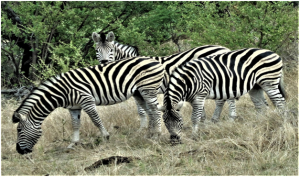
vi) More than 300 archaeological sites of Stone Age man have been found.
vii) Evidence of Bushman Folk (San) and Iron Age people from about 1500 years ago is also in great evidence.
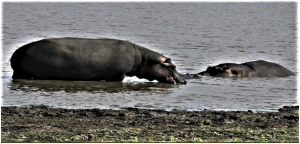
viii) There are also many historical tales of the presence of Nguni people and European explorers and settlers in the Kruger area.

ix) There are significant archaeological ruins at Thulamela and Masorini.
x) There are numerous examples of San Art scattered throughout the park.

Flora and Fauna:
Mammals-
Sighting the ‘Big Five’; has become something of a quest for many people when on safari, and the Kruger National Park has more than its fair share of these, with an estimated 1,500 lions, 17,000 elephants, 48,000 buffalo and 1,000 leopards. It should certainly not be a pre-requisite of a safari to see these or even a priority, as there are plenty of other fascinating animals and birds in the African bush.
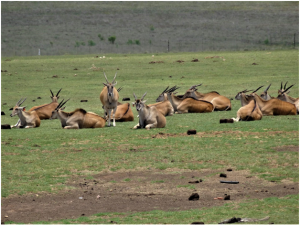
Kruger is one of the premier game-watching destinations in the world. Approximately 147 mammal species occur in the park. It is possible to see all the classical African big game, including elephant (KNP Elephant Census Summary), black and white rhino, hippopotamus, giraffe, zebra, buffalo, warthog, and many antelope species. Large carnivores include lions, leopards, cheetah, wild dog, and spotted hyena. There are also many smaller mammals, which are equally enticing species.

Vegetation:
With the Kruger National Park being so vast it naturally has tremendous botanic diversity. Simplistically the Kruger National Park can be divided into 16 macro ecozones.

The northern half of the park, north of the Olifants River is predominantly mopane veld, while south of the Olifants the ecozones are thornveld. There are 336 tree species in the park.
( All pictures by the author. Great efforts and patience were required to visit the area in totality and take photographs in the wild)

Advertisement:


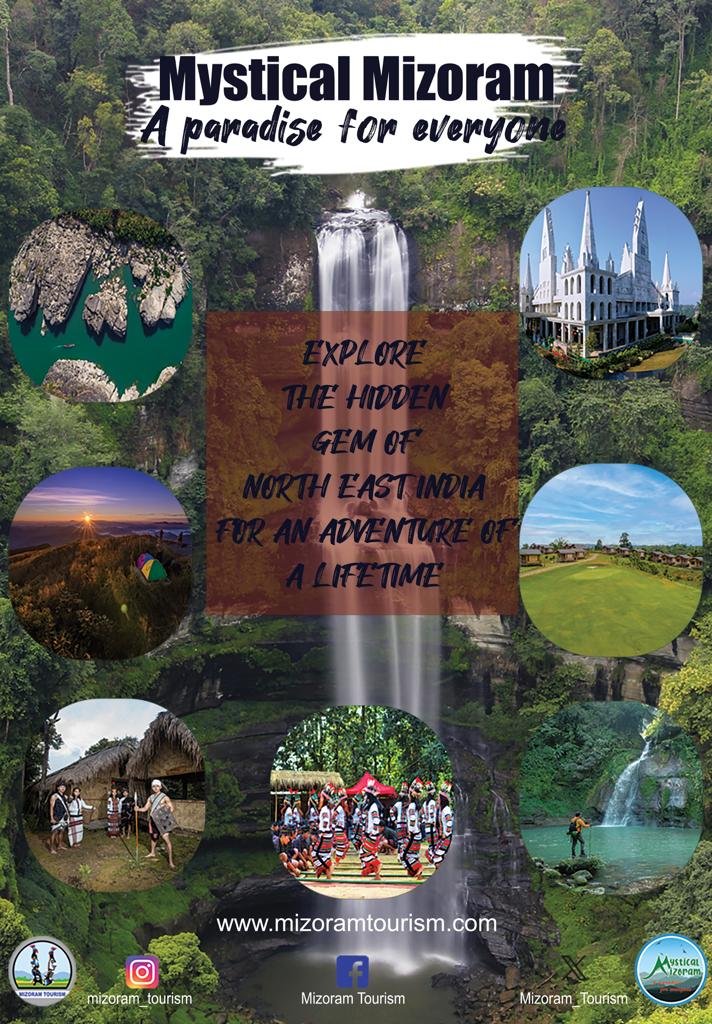

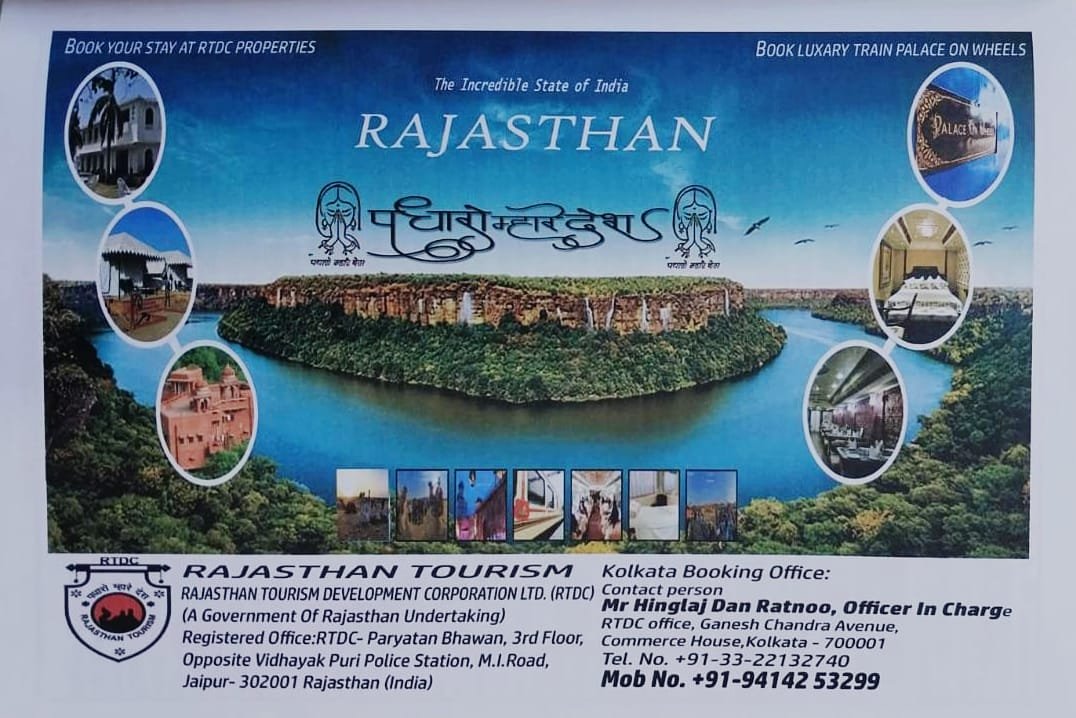

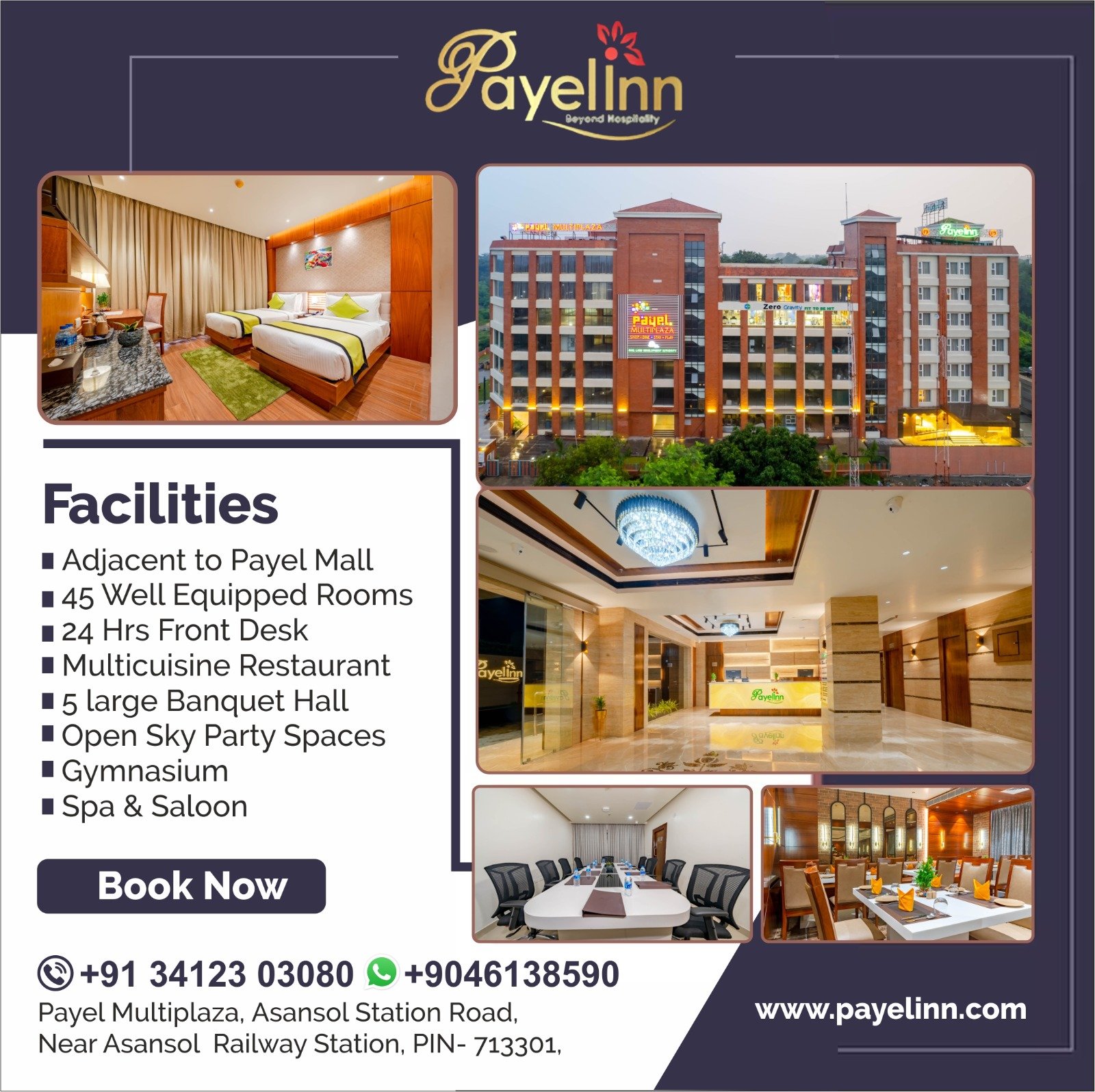


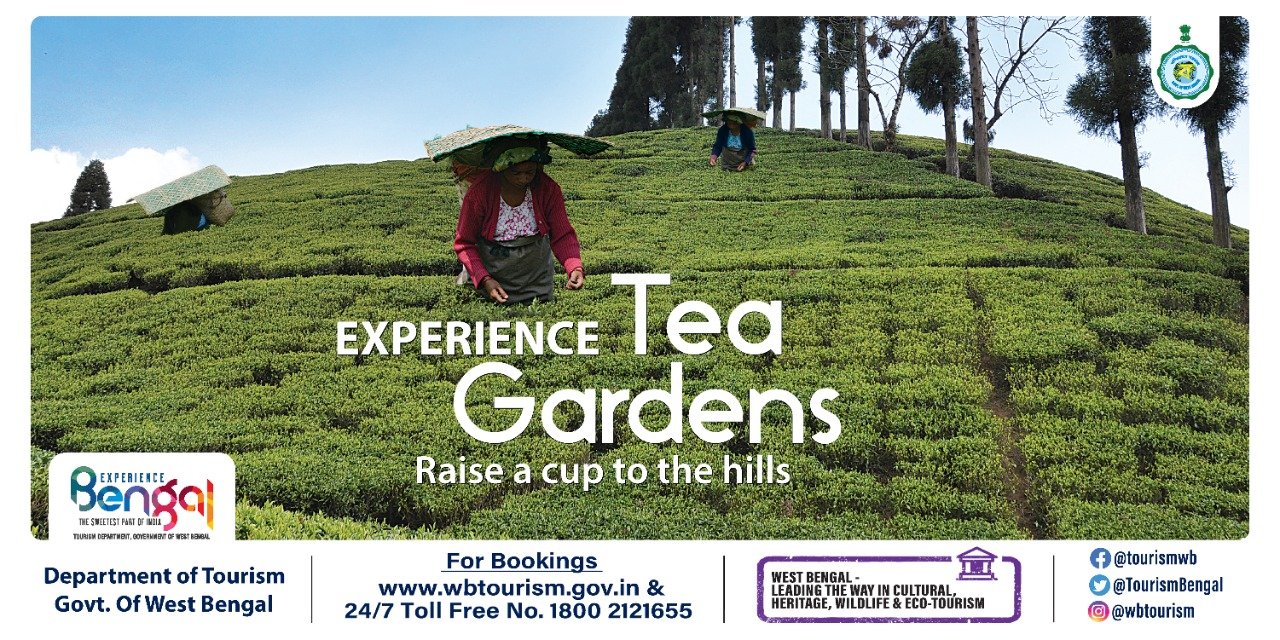


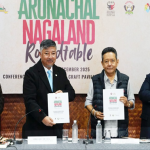

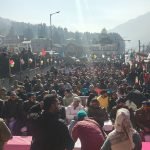
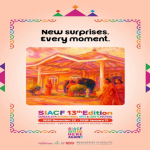














Add Comment